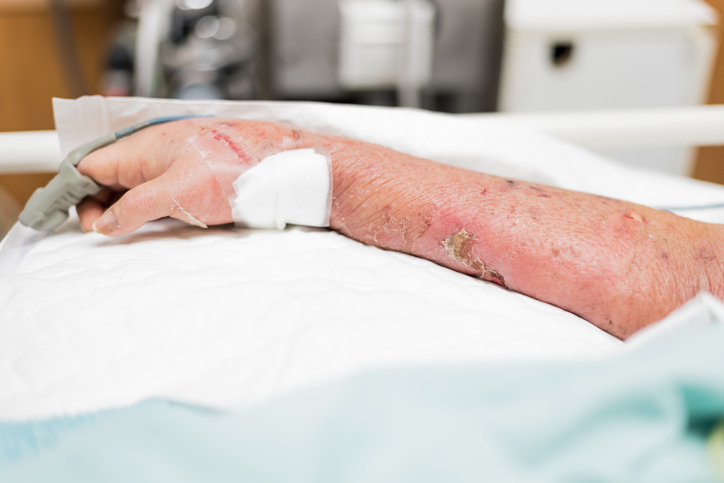
Bedsores, also known as pressure ulcers, are a serious health concern commonly associated with neglect or mistreatment in nursing homes. These painful wounds develop when a person remains in one position for a prolonged period without shifting their weight or changing position. Residents in nursing homes, who rely on caregivers for their most fundamental needs, are especially vulnerable.
If a loved one has developed bedsores due to neglect in a nursing home, document them thoroughly. This documentation is essential in cases of nursing home abuse to establish negligence and ensure victims receive proper compensation for their suffering. To learn more about your rights, contact an experienced nursing home bedsore lawyer at Crowe Arnold & Majors.
Documenting Bedsores Due to Neglect in a Nursing Home
Initially, bedsores may appear as red, inflamed areas, but they can quickly progress to more severe stages and lead to serious complications if not adequately cared for. The most common sites for bedsores are at the back of the head, buttocks, shoulders, heels and ankles, and tailbone. The immobility of the patient cuts off blood circulation, damaging surrounding tissue. For example, they can become deep wounds impacting muscles, tendons, ligaments, and bones.
Thorough documentation is essential in supporting your claim, as it is necessary to have concrete proof to hold the negligent party accountable. Strong evidence of serious harm strengthens your case to recover compensation for medical expenses, pain and suffering, and other damages.
To effectively document bedsores, you should:
- Take Photos: Take clear, close-up photographs of the bedsores to visually document their progression. Ensure the photos show the size, color, and any signs of infection or deterioration.
- Medical Evaluation: Seek an evaluation from an independent physician or wound care specialist. An expert evaluation can provide additional documentation and detailed descriptions of the bedsores’ severity, prognosis, and potential causes. Ask the physician to document their findings in writing, including a professional opinion on their seriousness and any factors contributing to their development.
- Collect Witness Statements: If there were witnesses to the development or management of the bedsores, gather statements from them. Witnesses could include other residents, family members, or staff members who observed the condition of the bedsores or the care provided. Ask them to provide written statements detailing what they observed, including dates, times, and any specific concerns they may have noted.
- Written Records: Keep written records of the bedsores’ changes, treatments given, and any communication with healthcare providers. Document any conversations or correspondence with nursing home staff or healthcare providers regarding the bedsores, including concerns raised or requests for additional care.
Your documentation is a powerful tool for protecting the rights and well-being of yourself or your loved one in nursing home care.
Suspect Nursing Home Abuse? Contact Us for a Free Case Evaluation
Do not let neglect in nursing homes go unaddressed. Proper documentation of bedsores is critical to initiating strong legal action and securing justice for those who have suffered needlessly. If this has happened to a loved one or family member, we urge you to reach out to us. Let us help you navigate the legal process and hold accountable those responsible for the pain and anguish it has caused.
Contact Crowe Arnold & Majors today for a free, confidential consultation with a dedicated nursing home abuse lawyer.

John W. Arnold,
Partner, Trial and Appellate Attorney
With over 25 years of experience, John is a seasoned trial and appellate attorney known for delivering results.

David W. Crowe
Partner, Personal Injury
For more than 30 years, David has been a powerful advocate and fighting for individuals harmed by negligence and abuse.

D.G. Majors
Trial Attorney, Personal Injury and Product Liability
D.G. is a trial lawyer with a strong track record of results in personal injury, product liability, and commercial litigation.
Our Dallas Location
6550 Bank of America Plaza
901 Main St.
P: 214-231-0555





